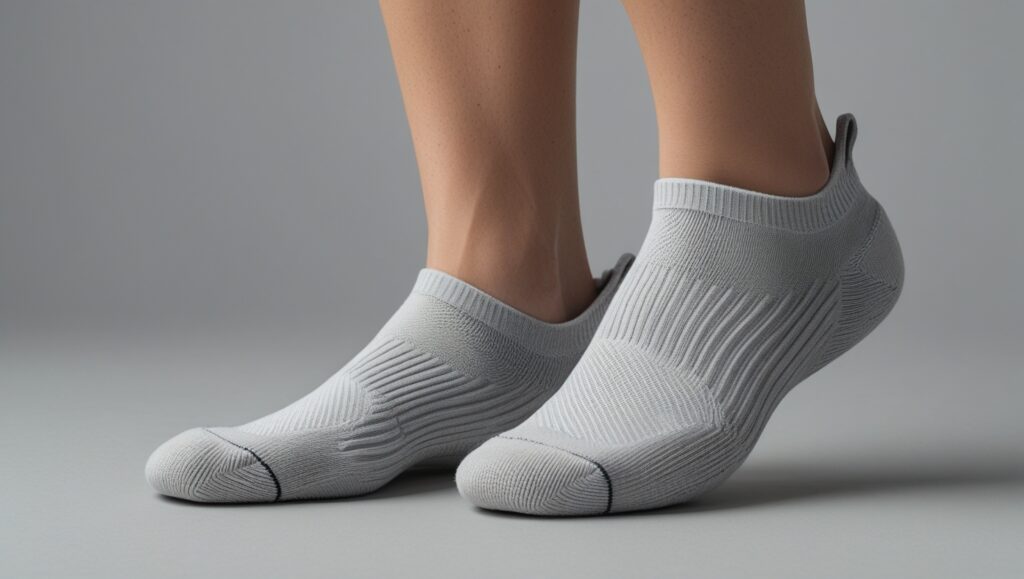Poor circulation can lead to symptoms like cold feet, swelling, and numbness without understanding the underlying cause. Compression socks are a solution for improving blood flow and reducing symptoms related to poor circulation. Here is more information on poor circulation, its causes and symptoms, and how compression socks function as a therapeutic intervention:
What Is Poor Circulation?
Poor circulation refers to a reduction in blood flow to various parts of the body, most commonly affecting the extremities. This condition occurs when blood vessels become narrowed, blocked, or damaged, preventing the adequate delivery of oxygen and nutrients to tissues. When circulation becomes compromised, the body’s ability to transport blood efficiently decreases. This reduction in blood flow can affect any part of the body, but most frequently impacts the legs, feet, hands, and arms.
What Are Compression Socks?
Compression socks are specialized hosiery designed to apply graduated pressure to the legs and feet. These garments are made from elastic materials that create tighter compression at the ankle and gradually decrease pressure as they move up the leg. They are available in various lengths, ranging from knee-high to thigh-high options, and come in different compression levels.
The design of these socks differs significantly from regular socks or stockings. They feature reinforced construction and specific pressure gradients that target particular areas of the leg. Medical-grade compression socks undergo testing to meet specific pressure requirements and therapeutic standards. Some are designed for daily wear, while others are specifically created for athletic activities or medical conditions requiring higher compression levels.
How Do They Work?
Compression socks function by applying external pressure to the legs, which helps support the venous system and improves blood flow. The graduated compression design creates the highest pressure at the ankle and gradually decreases toward the top of the sock. This pressure gradient helps push blood upward against gravity, assisting the natural pumping action of leg muscles.
The external pressure provided by these socks helps reduce the diameter of veins, thereby increasing blood flow velocity and preventing blood from pooling in the lower extremities. This mechanism is particularly beneficial for individuals who spend long periods standing or sitting, as these positions can impede natural blood circulation. Compression socks also help reduce swelling by preventing fluid accumulation in tissues. The consistent pressure applied to the legs helps maintain proper fluid balance and reduces the risk of edema formation.
How Do They Improve Circulation?
These socks improve circulation through several physiological mechanisms that work together to enhance blood flow. The graduated pressure system assists venous return by providing external support to weakened or damaged blood vessels. This support helps prevent blood from flowing backward and pooling in the lower legs, a condition known as venous reflux.
The compression applied by these socks also helps activate the muscle pump mechanism in the legs. When combined with normal walking or movement, the external pressure enhances the natural squeezing action of the calf muscles, which helps propel blood back toward the heart. This improved venous return reduces the workload on the cardiovascular system, promoting better overall circulation.
Improve Your Vascular Health
Compression socks offer a practical and effective solution for managing poor circulation and its associated symptoms. These therapeutic garments work by applying graduated pressure to support venous return, reduce swelling, and improve overall blood flow. Consult with a healthcare provider to determine the appropriate compression level and style for your specific needs.

